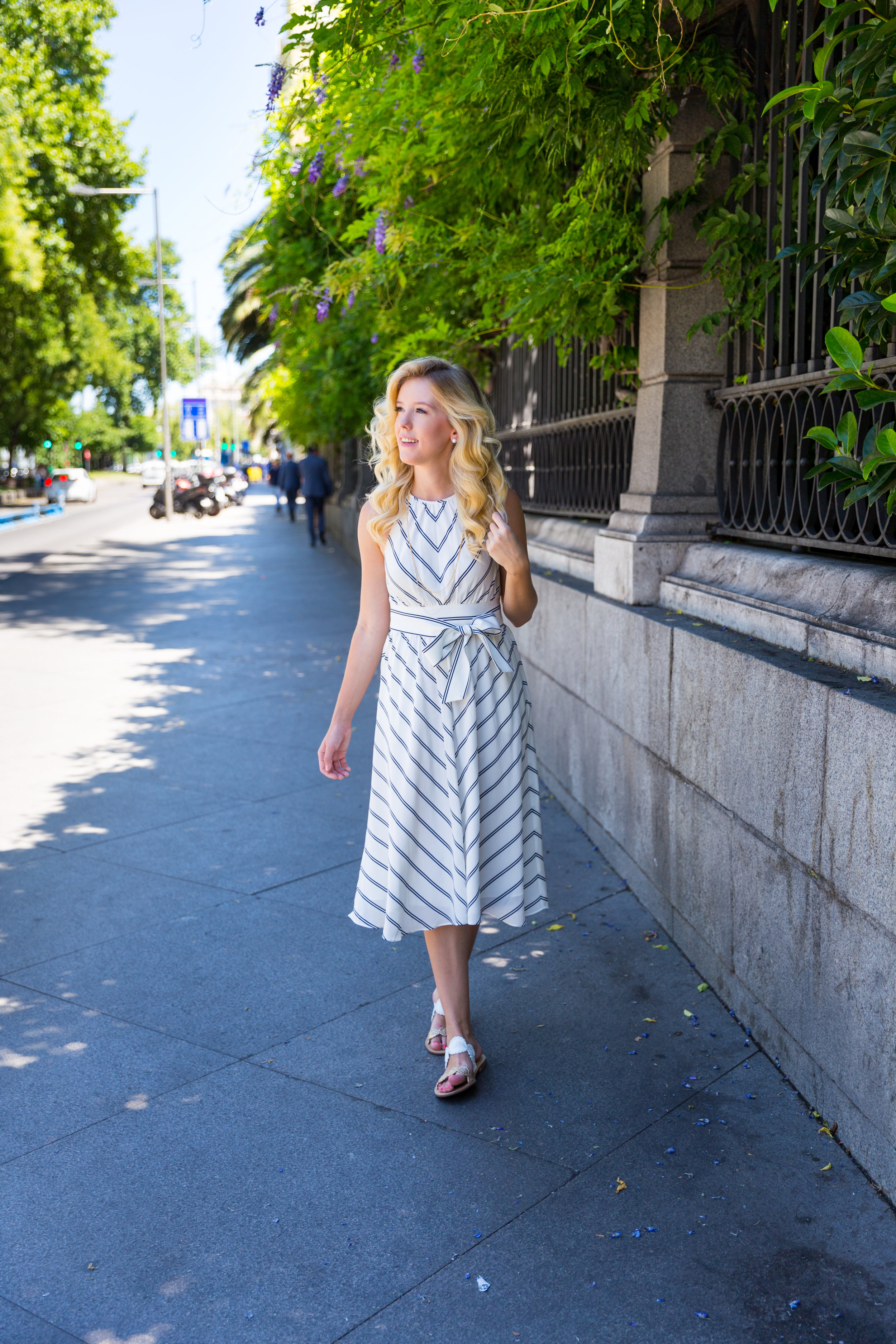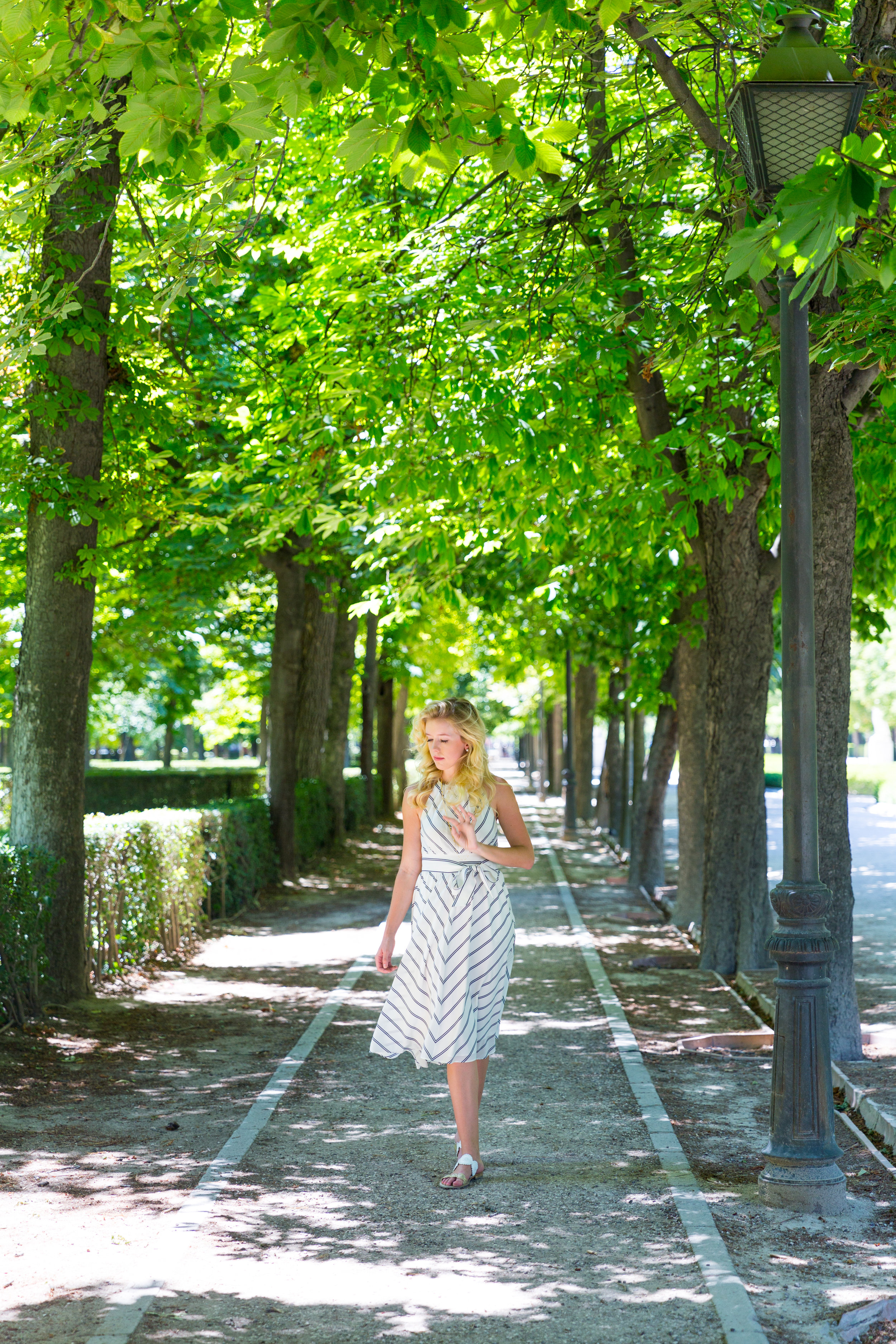The Center of Spain
I've finally returned from over 3 weeks traversing through Europe and it was fun but exhausting. Unfortunately we kept so busy and had such spotty access to wifi that I barely had a moment to think, let alone to sit down and write, so now I'm playing a bit of catch up...
Our first stop on the trip was the third largest city in the EU, in the very center of Spain, to the capital city Madrid. I had very little idea what to expect and all things considered I found the city very charming. It is an interestingly designed city, a mix of narrow streets and wide avenues that is the result of a varied history passing through the control of some very different rulers. The site has been occupied since prehistoric times, but the first historic document of the city was in the Muslim Age at the second half of the 9th century when Emir Muhammad I of Córdoba built a fortress overlooking the river. In the early 11th century the city was conquered by the Christians and grew as such ever since. It was a relatively small town until, in the 16th century, Philip II of the Habsburg House chose to move the Spanish Court from Valladolid to Madrid thus making it the center of political life. The Habsburgs continued to rule Spain well into the 18th century. After the death of Charles II in the 18th century, Philip V lay claim to the Spanish throne, prompting the 14-year War of the Spanish Succession and leading to the beginning of the Bourbon Dynasty in Spain. Though the historic center still maintains some of its Medieval and Renaissance structure, with main squares like the Plaza Mayor, much of the area was bisected by avenues and entirely reimagined by Charles III in the late 1700s. He built palaces, factories, museums, installed sewers, streetlights, and monuments, and strove to modernize the capital. Madrid survived the tense period of Napoleonic invasion in the 19th century and then was heavily affected by the Spanish Civil War in the 20th century.
One of the main things I realized when touring Madrid was how little I knew about Spanish history. Somehow I've been fairly well versed in British, French, Italian, and a few other European histories, yet skipped over Spain entirely other than in relation to colonialism. It was fascinating to delve into since I love history and I learned a lot during my few weeks in the country.
As far as modern day Madrid goes, the city is vibrant and bustling. It was extremely hot, as well, and we tried our best to stay in the shade. This would become a theme of our vacation--the excessive heat of Spain in the summertime is well known. We mostly stayed in the center of town, in the Centro, Retiro, and Salamanca districts. Our first day, after stopping by the Mercado de San Miguel and Chocolateria San Gines for lunch and a sweet treat, the hotel organized a walking tour for us around the historic center. Then we had an early dinner at Tatel Restaurant and went straight to bed.
Our second day, we began at the Museo del Prado, where I wanted to see the infamous Las Meninas by Goya. The museum is beautiful and we could have spent hours more wandering around looking at art, but as it was we only had a day to see Madrid. Next we walked past the Plaza de Ciboles and made our way to lunch at the trendy Cuban restaurant Habanera. Then we had to check out the Parque Buen Retiro and the Botanic Garden. At this point it had been a long day and after stopping by the hotel to change, we shopped in Salamanca for a few hours then had dinner at another trendy eatery called Ten Con Ten.
The next morning it was time to head out, but from what I saw of Madrid, I would definitely like to return and experience it more in depth. I know several people that studied abroad there and rave about their experiences and I could easily see myself exploring some more.































